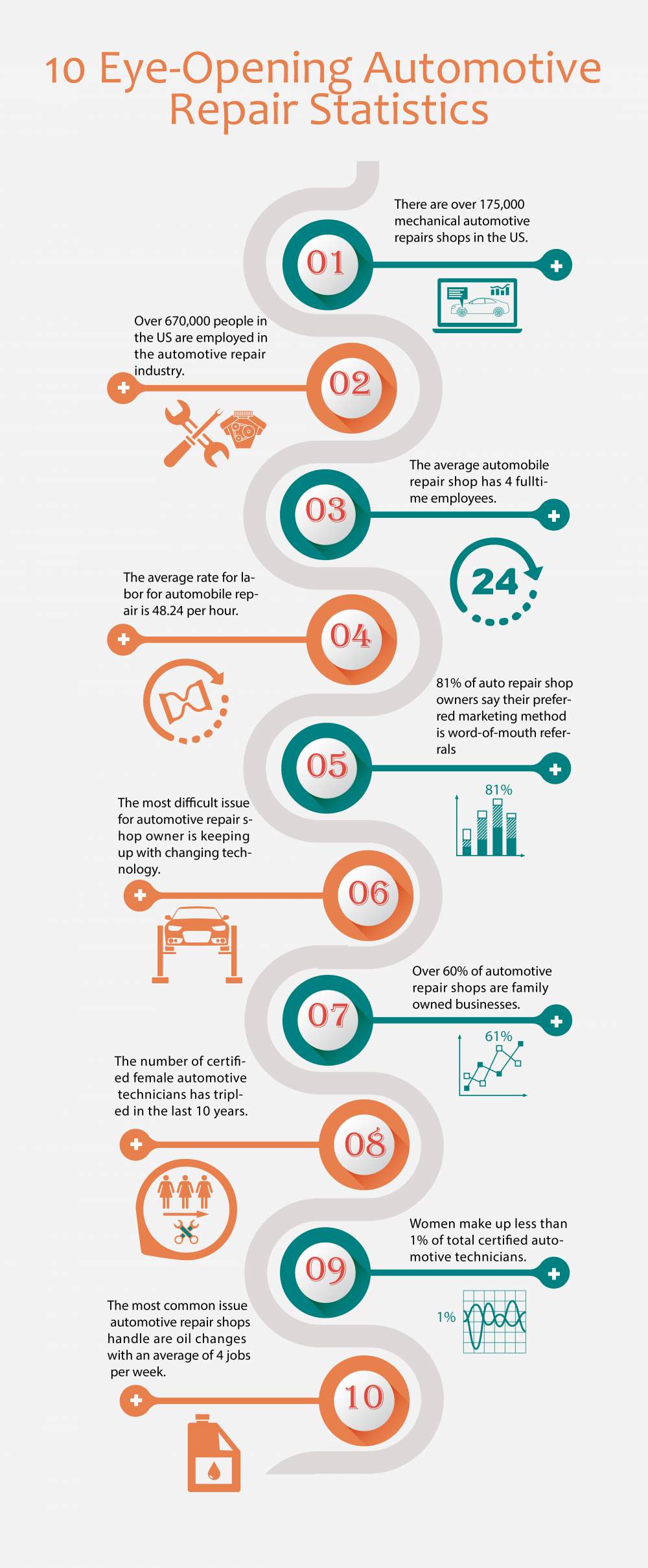Recognizing Your Automobile'S Caution Lights: What Do They Truly Mean?
Recognizing Your Automobile'S Caution Lights: What Do They Truly Mean?
Blog Article
Uploaded By-Hartley Stark
When you're behind the wheel, those glowing warning lights on your dashboard can be a little bit puzzling. Do you know what they're trying to tell you concerning your automobile's health and wellness? Recognizing the value of these lights is essential for your safety and the long life of your automobile. So, the following time among those lights turns up, would not you intend to decipher its message precisely and take the required steps to address it?
Common Warning Lighting and Interpretations
Determine typical caution lights in your cars and truck and recognize their definitions to make certain safe driving.
One of the most normal caution lights consist of the check engine light, which signifies concerns with the engine or exhausts system. If hand wash car wash begins, it's important to have your lorry examined promptly.
The oil pressure advising light indicates low oil stress, needing instant focus to prevent engine damage.
A blinking battery light could recommend a defective charging system, potentially leaving you stranded if not addressed.
The tire pressure tracking system (TPMS) light signals you to low tire pressure, affecting car security and fuel effectiveness. Disregarding this can lead to unsafe driving problems.
detailcarserviceauckland suggests an issue with the anti-lock braking system, jeopardizing your ability to quit swiftly in emergency situations.
Finally, the coolant temperature level cautioning light warns of engine overheating, which can lead to severe damages otherwise fixed promptly.
Comprehending these typical caution lights will certainly help you resolve concerns promptly and maintain risk-free driving problems.
Significance of Prompt Focus
Comprehending the common caution lights in your automobile is only the primary step; the relevance of immediately resolving these cautions can not be stressed enough to guarantee your safety and security on the road.
When a warning light brightens on your control panel, it's your auto's means of connecting a prospective concern that needs interest. Neglecting these cautions can cause much more serious issues down the road, jeopardizing your safety and potentially costing you much more out of commission.
Trigger interest to advising lights can protect against break downs and mishaps. For https://www.repairerdrivennews.com/2021/10/25/ccc-mitchell-analyze-trends-affecting-insurance-repair-industries/ , a flashing check engine light might indicate a misfire that, if left unattended, can create damages to the catalytic converter. Resolving this immediately can conserve you from an expensive repair work.
In a similar way, a brake system warning light could signify reduced brake liquid or worn brake pads, vital elements for your security when driving.
Do It Yourself Troubleshooting Tips
If you observe a warning light on your dashboard, there are a couple of do it yourself troubleshooting pointers you can attempt before seeking specialist help.
The initial step is to consult your cars and truck's manual to understand what the specific warning light suggests. Often the concern can be as basic as a loose gas cap triggering the check engine light. Tightening the gas cap might resolve the trouble.
One more common problem is a reduced battery, which can set off numerous warning lights. Inspecting the battery links for rust and guaranteeing they're safe might take care of the trouble.
If a warning light continues, you can try resetting it by disconnecting the vehicle's battery for a couple of mins and afterwards reconnecting it. In addition, inspecting your automobile's liquid levels, such as oil, coolant, and brake fluid, can help troubleshoot alerting lights associated with these systems.
Final thought
In conclusion, recognizing your cars and truck's warning lights is vital for maintaining your vehicle running efficiently and safely. By immediately addressing these signals and recognizing what they suggest, you can stay clear of pricey repairs and potential malfunctions.
Bear in mind to consult your automobile's handbook for particular details on each alerting light and act accordingly to ensure a trouble-free driving experience.
Keep educated, remain safe when driving!
